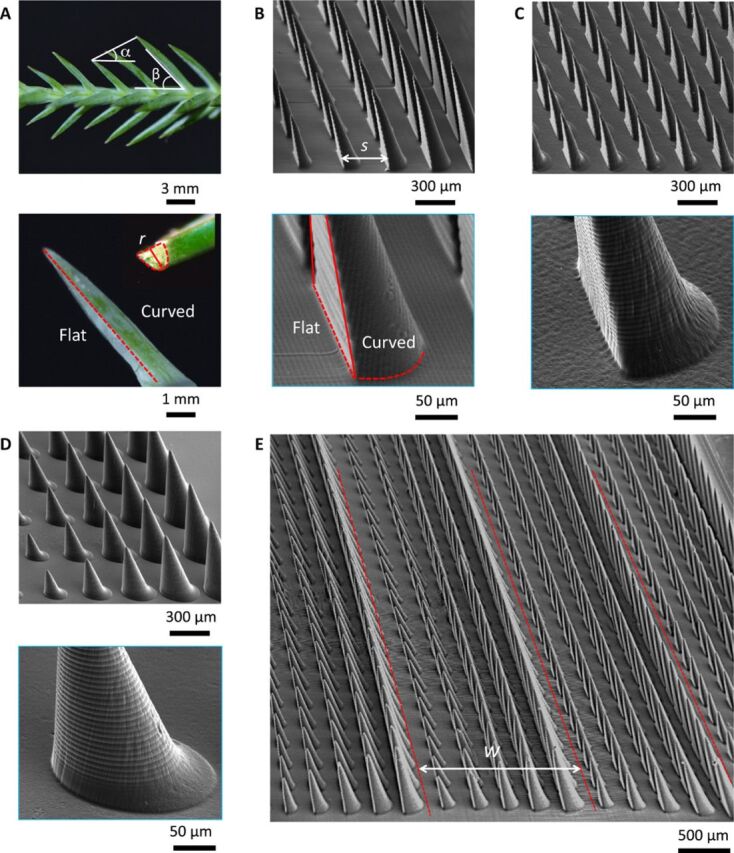Fig. 1. Geometry of pine needles and of our PNAS arrays.

(A) Optical images of a pine needle (S. chinensis), exhibiting a gradient height α ≈ 30° and a tilt angle β ≈ 50°. As shown in the close-up, its two sides are respectively flat and curved, and we denote r as the local radius of curvature of the curved side. (B) Scanning electron microscopy (SEM) images of our pine needle–inspired asymmetric surface (PNAS), made of tilted (β ≈ 70°) Janus (flat-curved) pillars with a gradient of height α ≈ 20° and an interpillar distance s = 300 μm. (C) SEM images of tilted Janus pillars without gradient of height (β ≈ 70°, α ≈ 0). (D) SEM images of tilted conical pillars with a height gradient (β ≈ 70°, α ≈ 20°). (E) SEM overview of PNAS arrays, showing parallel textured stripes (periodicity w ≈ 1.5 mm). Other PNAS surfaces are shown in fig. S3, and SEM overviews of Janus and conical surfaces are shown in fig. S4. The total size L of each sample is 10 mm. Photo credit: Shile Feng, City University of Hong Kong.
